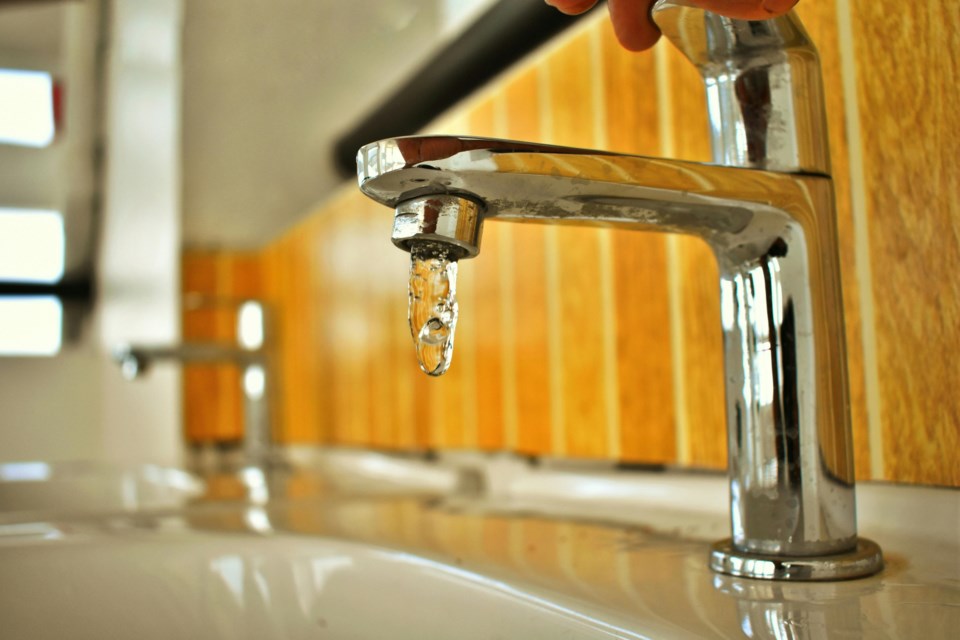Water usage doesn’t only occur when you turn the tap on or take a shower. We waste water in ways that are not immediately visible, also known as virtual or embedded water. The city of Longmont has created educational materials and incentives in hopes that residents gain awareness and reduce their virtual water usage.
“Your spending habits, your dietary habits, your energy use — those types of things have a really big impact on water that aren’t necessarily front of mind because we don't see it. It’s virtual water,” said Hope Barlett, city of Longmont water conservation specialist
Produce and other foods have the greatest impactful on water waste, according to Barlett. About 1,800 gallons of water are needed to produce one pound of beef and meat isn’t the only product that uses an immense amount of water for production. A single cup of coffee takes about 37 gallons of water to produce.
To spread awareness among the community, the city has adopted Water Wednesdays. The educational campaign features water conservation tips and tricks posted on the city of Longmont’s social media every week. It encourages individuals to reflect on their water habits.
“If you care about any sustainability issue — waste, air quality and energy — water is always wrapped up into it. There is no issue that is not a water issue,” Barlett said.
Longmont has partnered with Resource Central, a water conservation nonprofit, to offer rebates and discounts for irrigation evaluations. Experts visit homes at no cost, measuring the efficiency of irrigation systems and formulating a personalized schedule that works best for individual yards.
The city also works alongside Efficiency Works to provide Longmonters with rebates for indoor and outdoor use of water, including shower heads, toilets, drip conversion kits and sprinkler head replacements.
On an individual level, Bartlett encourages residents to visit the Water Footprint Calculator to investigate ways to limit virtual water usage. The website outlines a plan for altering shopping, dietary and general habits to reduce water consumption.
“When we think about our actions as individuals, everything that we do impacts our water footprint and our water footprint is our greenhouse gas footprint. How much water are we using every day?” Barlett asked.



